Refine search
Actions for selected content:
3387661 results
Family, Vocation, and Humanism in the Italian Renaissance
- Coming soon
-
- Expected online publication date:
- January 2026
- Print publication:
- 31 January 2026
-
- Book
- Export citation
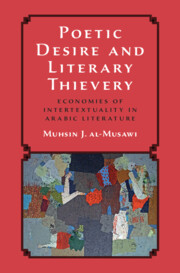
Poetic Desire and Literary Thievery
- Economies of Intertextuality in Arabic Literature
- Coming soon
-
- Expected online publication date:
- January 2026
- Print publication:
- 31 January 2026
-
- Book
- Export citation

Johann Gottfried Herder: Letters for the Advancement of Humanity
- Coming soon
-
- Expected online publication date:
- January 2026
- Print publication:
- 31 January 2026
-
- Book
- Export citation
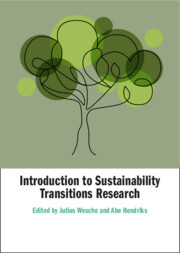
Introduction to Sustainability Transitions Research
- Coming soon
-
- Expected online publication date:
- January 2026
- Print publication:
- 31 January 2026
-
- Book
- Export citation
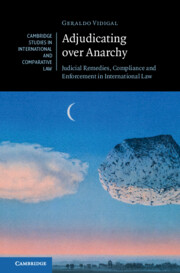
Adjudicating over Anarchy
- Judicial Remedies, Compliance, and Enforcement in International Law
- Coming soon
-
- Expected online publication date:
- January 2026
- Print publication:
- 31 January 2026
-
- Book
- Export citation
Augustine's Theology of Justification by Faith
- Coming soon
-
- Expected online publication date:
- January 2026
- Print publication:
- 31 January 2026
-
- Book
- Export citation

Violence and Occupation
- The Red Army in the Balkans and Central Europe, 1944–1945
- Coming soon
-
- Expected online publication date:
- January 2026
- Print publication:
- 31 January 2026
-
- Book
- Export citation
Quantum Computing Unveiled
- A Concise Course with Topological Extensions
- Coming soon
-
- Expected online publication date:
- January 2026
- Print publication:
- 31 January 2026
-
- Textbook
- Export citation

Nostalgia and National Identity in the British and Irish Modernist Epic
- Coming soon
-
- Expected online publication date:
- January 2026
- Print publication:
- 31 January 2026
-
- Book
- Export citation
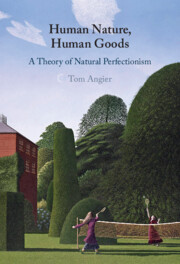
Human Nature, Human Goods
- A Theory of Natural Perfectionism
- Coming soon
-
- Expected online publication date:
- January 2026
- Print publication:
- 31 January 2026
-
- Book
- Export citation

Thriving Sustainably on Planet Earth
- Inspiring Innovation in Children's Education
- Coming soon
-
- Expected online publication date:
- January 2026
- Print publication:
- 31 January 2026
-
- Book
- Export citation

Incentive Bargaining and Corporate Governance
- Comparative Enterprise Law among the US, Japan, and China
- Coming soon
-
- Expected online publication date:
- January 2026
- Print publication:
- 31 January 2026
-
- Book
- Export citation

FinTech Regulation in the United States
- Past, Present, and Future
- Coming soon
-
- Expected online publication date:
- January 2026
- Print publication:
- 31 January 2026
-
- Element
- Export citation

Design Strategies in Public Services
- Coming soon
-
- Expected online publication date:
- January 2026
- Print publication:
- 31 December 2025
-
- Element
- Export citation

Artificial Intelligence and Public Policy
- Coming soon
-
- Expected online publication date:
- January 2026
- Print publication:
- 31 December 2025
-
- Element
- Export citation

Unicorns from Emerging Economies
- Creating Value through Technology and Innovation
- Coming soon
-
- Expected online publication date:
- January 2026
- Print publication:
- 31 January 2026
-
- Book
- Export citation
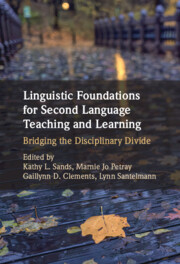
Linguistic Foundations for Second Language Teaching and Learning
- Bridging the Disciplinary Divide
- Coming soon
-
- Expected online publication date:
- January 2026
- Print publication:
- 31 January 2026
-
- Book
- Export citation

Revisiting Justice
- The Moral Meaning of Parole
- Coming soon
-
- Expected online publication date:
- January 2026
- Print publication:
- 01 April 2027
-
- Element
- Export citation
Explanation and Critical Thinking in the Neurosciences
- Bridging the Gaps
- Coming soon
-
- Expected online publication date:
- January 2026
- Print publication:
- 31 January 2026
-
- Textbook
- Export citation
Captured Consent
- Contract Labor in English Charity, Colonization, and War, 1600–1700
- Coming soon
-
- Expected online publication date:
- January 2026
- Print publication:
- 31 January 2026
-
- Book
- Export citation
